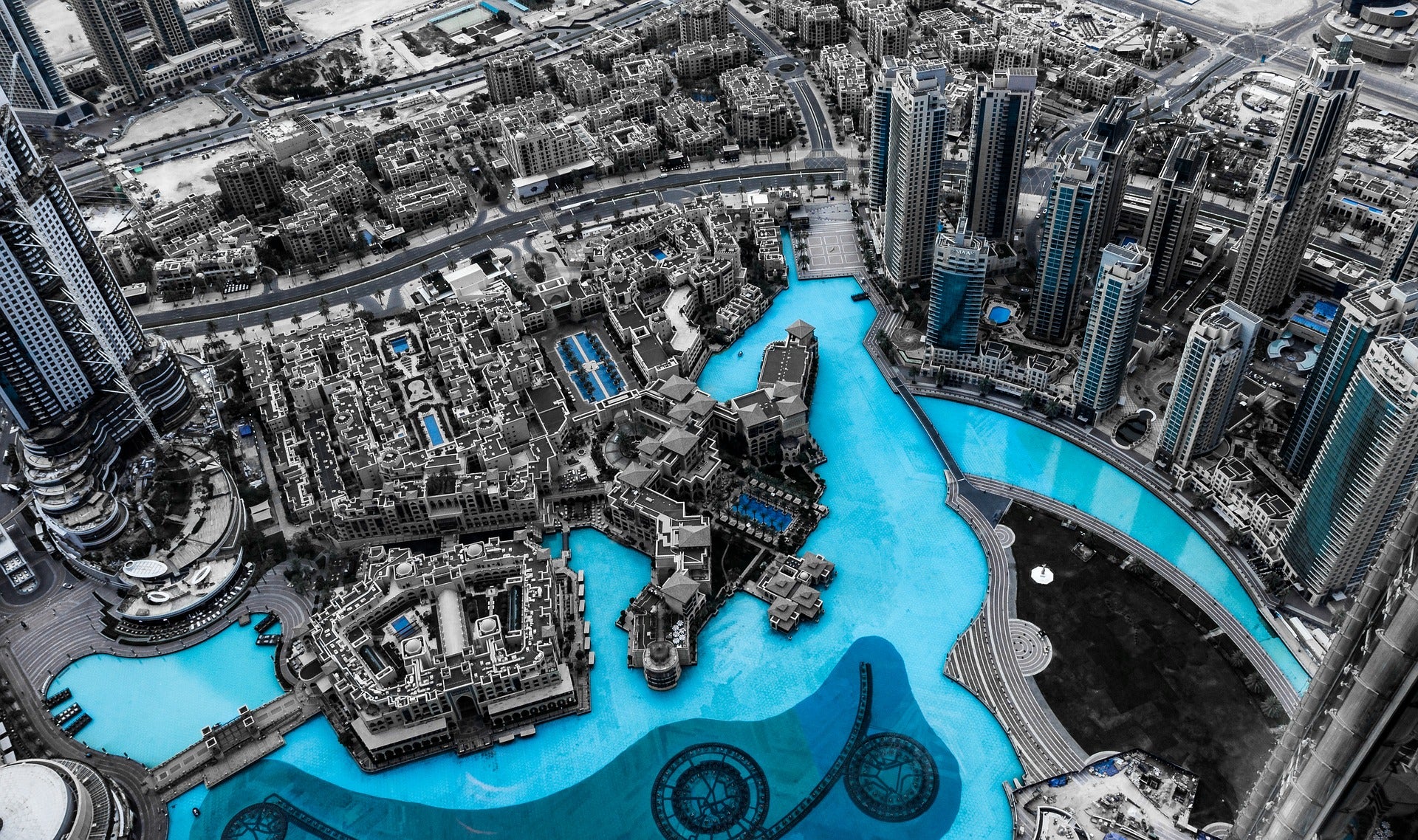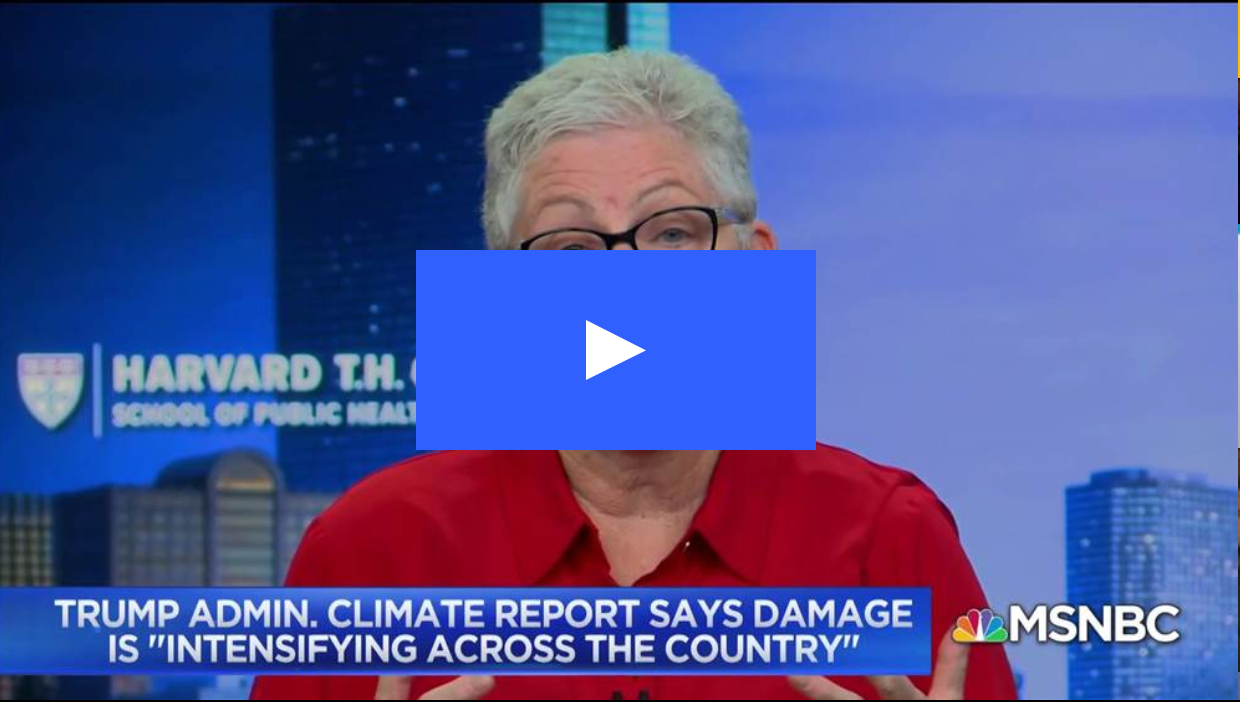Photo by: Andrea Tummons on Unsplash
allergies | asthma | brain development | child health | equity | heat | low birth weight | mental health | preterm birth | wildfires
This guide will explain why climate change impacts some children more than others and how we can improve child health equity.
Climate change matters to everyone’s health, but especially to children who have more obstacles and fewer resources—like children living on the frontlines of pollution, children with chronic medical problems, children from low-wealth communities, and children who face discrimination or live in areas shaped by racist policies.
Climate solutions can improve the health of children today and help protect their future.
Why does climate change impact some children more than others?
Air pollution
Air pollution from burning fossil fuels like coal and diesel are responsible for about 1 in 5 deaths worldwide, and 1 in 10 deaths in the United States. Thousands of children under the age of 5 die prematurely each year from lower respiratory infections caused by air pollution from burning fossil fuels. Children in low-wealth communities and communities of color are more likely to breathe polluted air because of a history of systemic oppression and racist policies, like redlining, that forced these communities to live near high-polluting sources like highways and power plants.
Air pollution from burning fossil fuels can:
- Cause asthma and trigger asthma attacks
- Increase the chances a child will get sick with respiratory and ear infections
- Harm brain development
- Impact mental health
- Lead to premature birth and low birth weight
Pollution tends to be worse in cities because of traffic, and cities are hotter than their surrounding areas. Children from urban, low-wealth neighborhoods often live and attend schools that are close to highways, industrial sites, and power plants, where air pollution is worse.
- For example, due to a history of systemic oppression and racist planning policies like redlining, African Americans are 75% more likely to live near areas with high pollution like oil and gas facilities.
- African American children and children living in low-wealth, urban areas are more likely to visit emergency departments and be hospitalized for asthma than other children.
Extreme Weather
Low-wealth communities may have fewer resources to prepare for, cope with, and recover from disasters.
- For instance, in 2020, Hurricane Laura hit a region of Louisiana with high levels of racial residential segregation, poverty, and unemployment. Three weeks after the hurricane hit, many residents still did not have electricity, safe drinking water, or access to school, senior living centers, or housing. A heatwave following the hurricane increased health risks for people without electricity and outdoor workers.
- When Hurricane Katrina hit New Orleans in 2005, the poorest residents, who lived in the lowest-lying areas, were hit the hardest. Emergency evacuation plans asked residents to drive away from the storm, but people who didn’t own a car or have a safe place to go were not able to escape the storm. Families that didn’t have the resources to buy flood insurance were not able to receive FEMA assistance after their homes were flooded.
Children may also be particularly at risk for mental health problems after disasters. If children don’t have supportive relationships—which can come from a caring adult or community of caregivers—natural disasters can have lingering effects on their health.
Access to clean water
Children who live in areas that have been hit by natural disasters may be exposed to unsafe or contaminated water, in addition to existing water quality issues, such as lead and other toxins.
- Floods can cause sewage to back up in pipes and contaminate communities’ drinking water, especially in older buildings and towns with older sewer systems. Families who live through major storms like Hurricane Katrina and Hurricane Harvey can develop infections from polluted water or be exposed to mold and toxic substances, such as lead and industrial chemicals, in polluted water.
- Wildfires, such as the California Camp Fire, may create toxic waste that can seep into the drinking water.
Climate change also leads to rising sea levels, droughts, and algal blooms, all of which can dry up or contaminate drinking water. This can cause severe illness, and undernourished children are especially at risk.
Heat
Low-wealth urban neighborhoods tend to have fewer trees and less green space, which makes these areas even hotter. Heat can be more dangerous for children and families who don’t have access to safe shelters, air conditioning, and clean water to stay hydrated. Extreme heat can also make it more difficult for children to do well in school.
- African Americans are disproportionately exposed to extreme heat. One analysis found that by 2050, U.S. counties with large African American populations will experience about 20 more extreme heat days per year than counties with smaller African American populations. This is likely due in part to a long history of oppression and systemic racism that affects policymaking, access to housing and jobs, and other factors that contribute to where these communities work and live.
Children living with chronic medical conditions like asthma, diabetes, and certain mental health problems may also be at higher risk for heat-related illnesses.
How can climate actions improve child health equity?
Actions to address carbon pollution and reduce reliance on fossil fuels will benefit all children’s health, but particularly those who bear an unfair burden from carbon and traditional air pollutants due to:
- Poverty
- Systemic racism
- Poor housing quality
- Lack of access to green space
- Food insecurity
- Lack of clean water
- Chronic medical conditions
Policies and programs that focus on frontline communities can improve child health equity. For example:
- Children from communities and schools near major roads—which are often lower-income communities and communities of color—are more exposed to fumes from cars and trucks. Removing fossil fuels from transportation—by investing in electric vehicle infrastructure and converting diesel buses to electric, for example—can greatly reduce the air pollution that is driving health disparities in asthma in the United States.
- Adding green space to low-income communities can reduce the heat island effect and provide direct health benefits including reduced temperature and air pollution, fewer asthma attacks and heat-related illnesses, and can possibly improve children’s mental health. Adding cooling centers can also protect these communities during heatwaves.
You can learn more about child health equity in a changing climate in Making Equity Real in Climate Adaptation and Community Resilience Policies and Programs: A Guidebook from the Greenlining Institute.
What can I do to take action against climate change?
Climate change can feel overwhelming, but the good news is that we have solutions for climate change that can improve the health of your child and children all over the world. The same actions we take to curb climate change also have immediate health benefits.
Here are a few steps you can take:
- Educate yourself. Learn about environmental justice and how systemic racism and other forms of oppression lead to some children bearing a higher burden from climate change. Share resources with your community.
- Plant trees and other vegetation where you live, and encourage your community to do the same. Trees provide shade to help you stay cool on hot days. Adding trees and other vegetation to your neighborhood can also help improve the air quality where you live, especially in urban areas, and can improve mental health. Some types of plants can cause more pollen in the air, so check with the American Academy of Allergy, Asthma and Immunology’s guide to plant selection to learn which plants are safer for people with allergies.
- Choose walking, biking or public transit whenever possible, and consider carpooling. If you are buying a car, choose an electric car or find one with better fuel economy. The more gas a car burns per mile, the more harmful air pollution it generates. Getting exercise may also help improve a child’s mental health.
- Reduce, reuse, and recycle. A timeless piece of advice. The more we buy new, the greater our carbon footprint.
- Invest in energy efficiency and renewables. Ask your local leaders to invest in renewable energy in buildings, and to support building codes that promote energy-saving policies. Conserving energy saves money and reduces our carbon footprint.
- Start a conversation. Talk to your family and friends about climate change to make sure they know it’s a health issue, especially for our children, and that we need to work with everyone to take action to fight climate change. Work with your place of worship and in your children’s school to see what you can do to spread the word and keep our kids healthy, and get involved in climate change planning at the state and local level.
- Get involved. Many towns and cities are leading the way to a carbon free world, and parents can play a role in shaping these efforts. Ask local leaders how your neighborhood can become safer and healthier by making it greener, more walkable and bike-friendly. Ask decisionmakers to add green space to your community, increase access to public transit and invest in electric vehicle infrastructure. These actions will benefit everyone’s health and especially the health of our children.
Terms of Use
The contents of this website are for educational purposes and are not intended to offer personal medical advice. You should seek the advice of your physician or other qualified health provider with any questions you may have regarding a medical condition. Never disregard professional medical advice or delay in seeking it because of something you have read on this website. Harvard Chan C-CHANGE does not recommend or endorse any products.
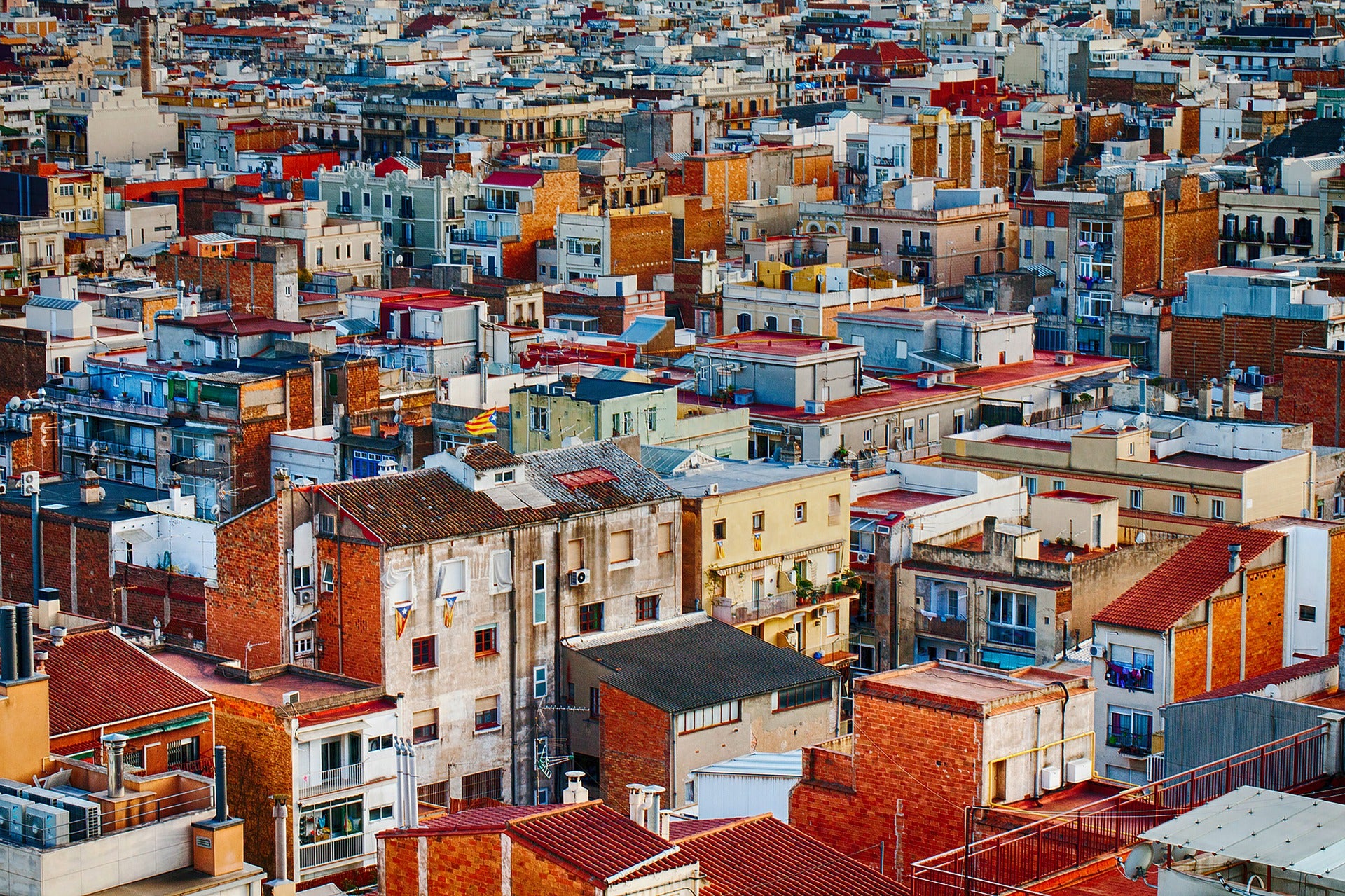
Urban heat islands: Climate change disproportionately affects African Americans
Dr. Aaron Bernstein explains how African Americans are disproportionately affected by the extreme heat that comes with climate change.
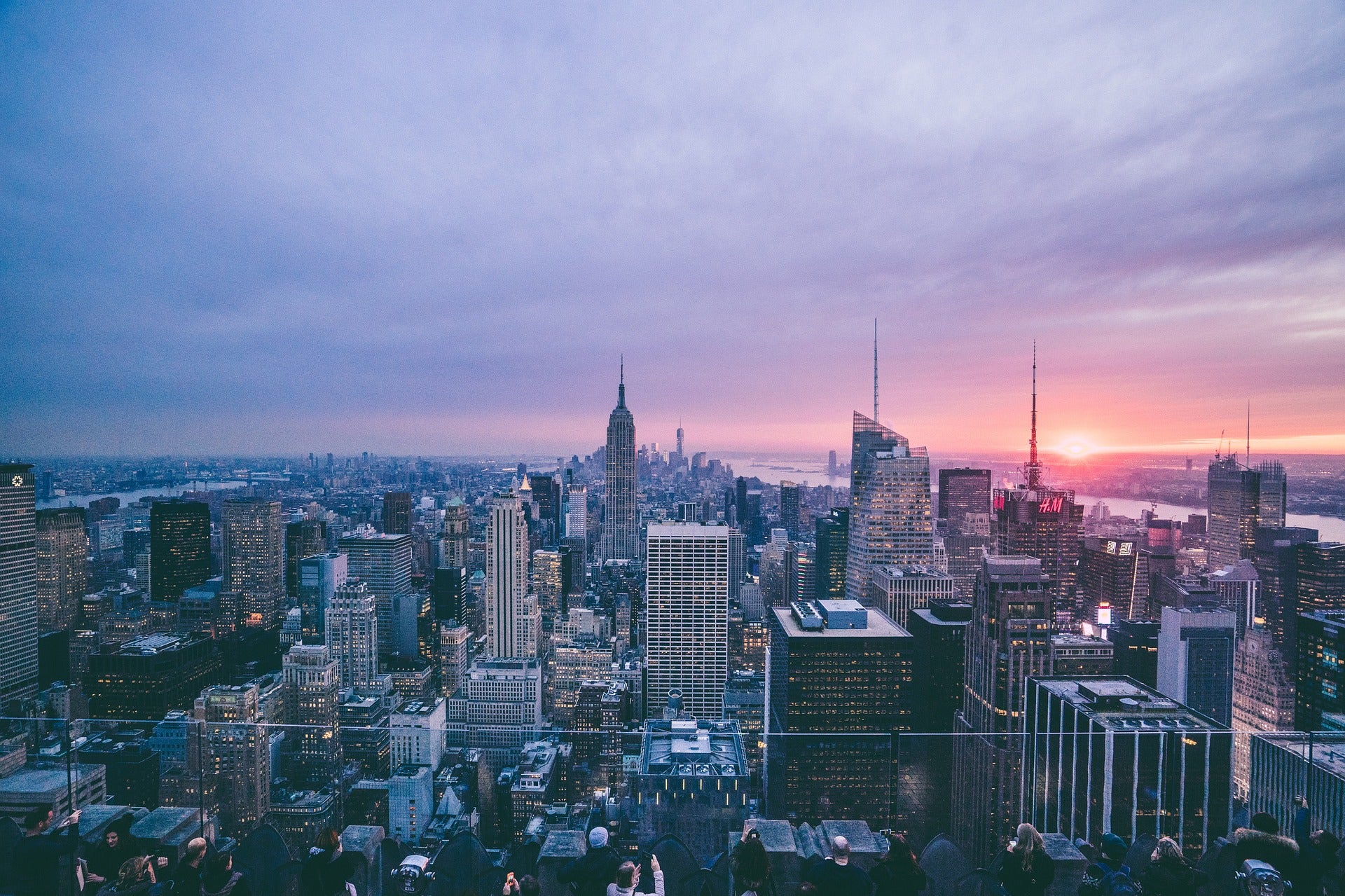
Soot rule thrusts EPA into spotlight on race
A new proposal from the EPA, which would change how to consider the costs and benefits of climate policies, would disproportionately harm communities of color.
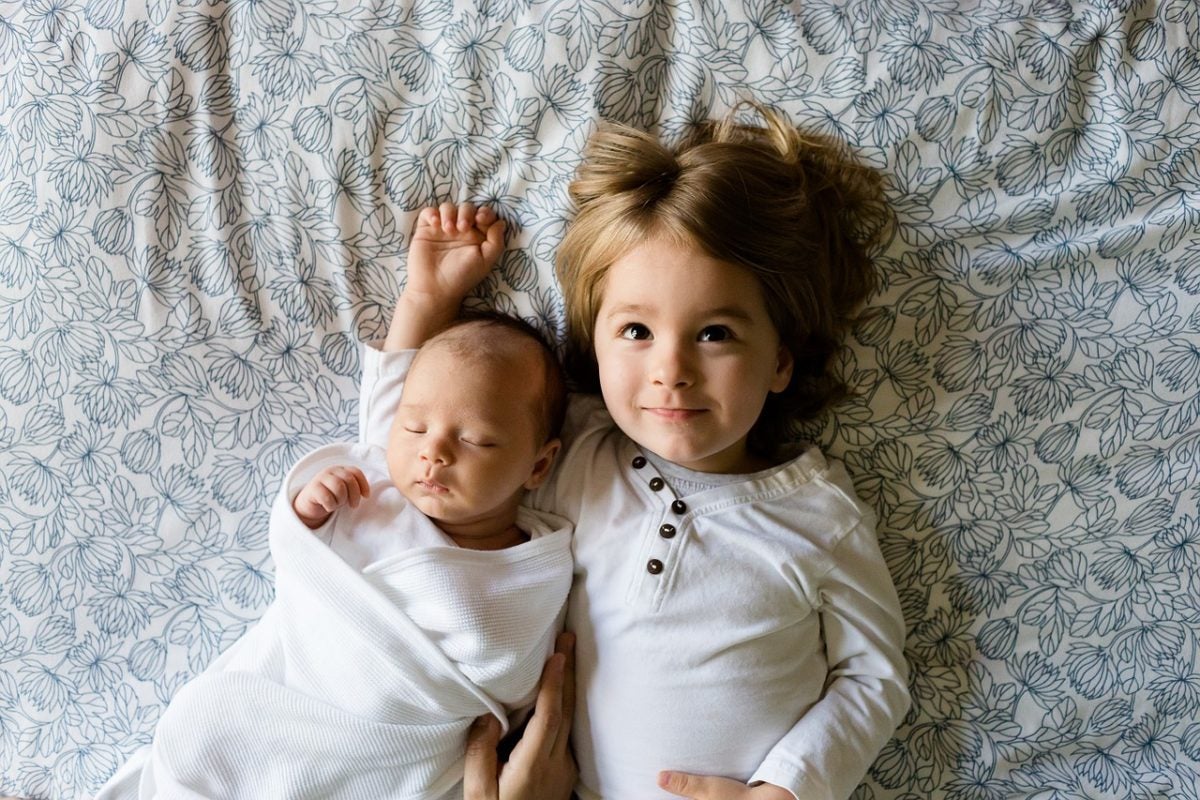
How climate change is affecting our children's health
Why climate changes health and why children's voices need to be heard when discussing climate solutions.
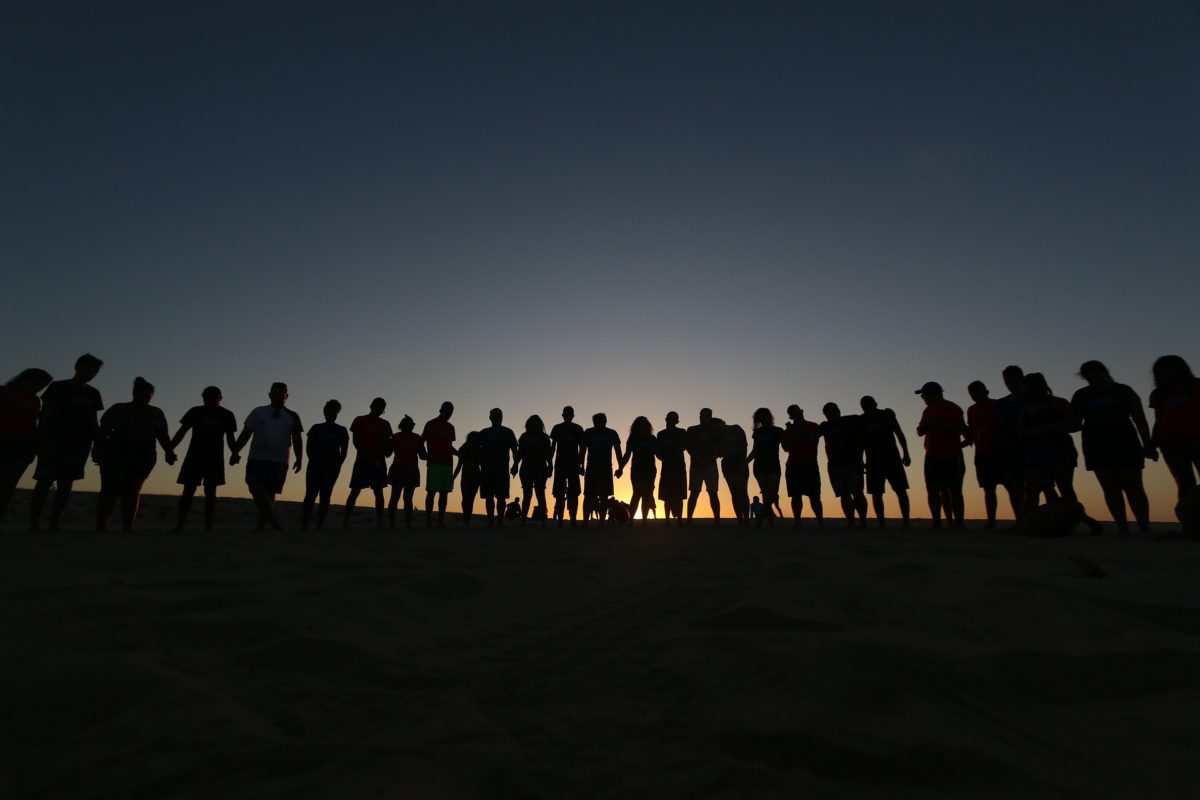
Obama’s EPA Chief: ‘Sometimes you need to listen to the kids’
Our Director Gina McCarthy spoke about inequality, corruption, and the young Americans who've had enough with climate inaction.
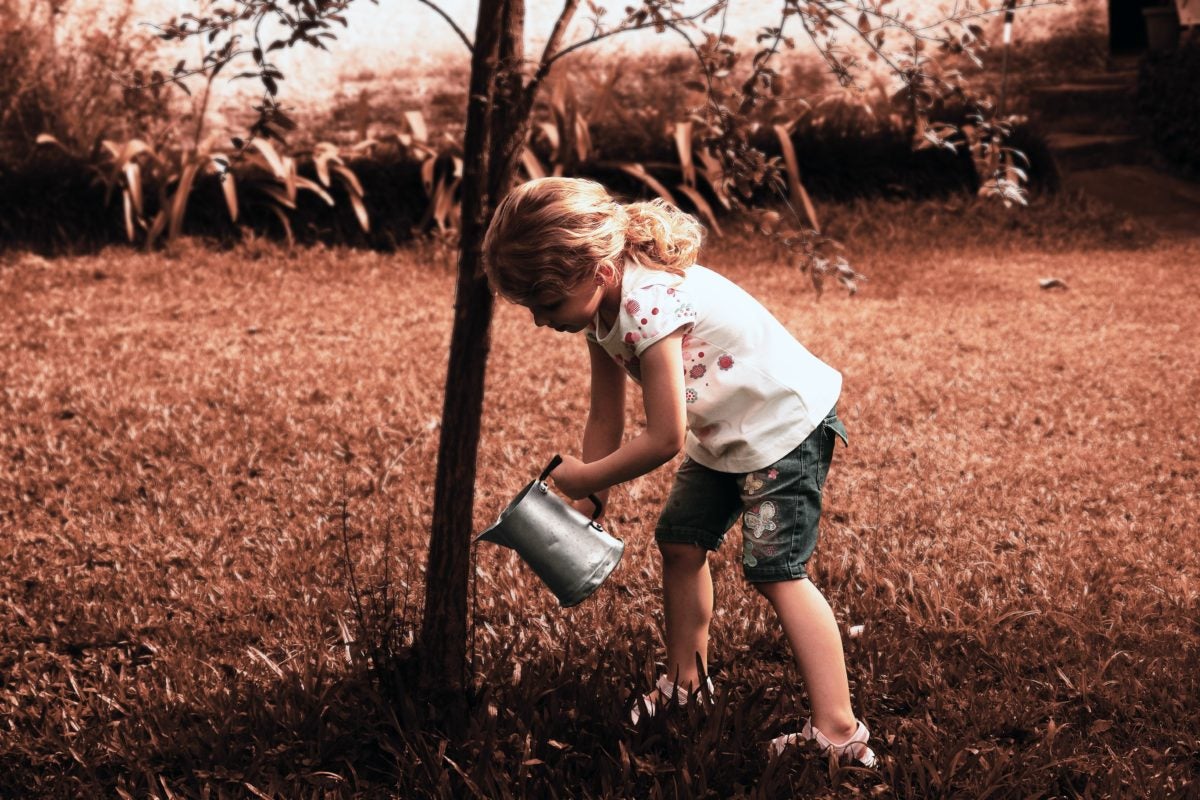
Are we at a climate change turning point? Obama’s EPA Chief thinks so
Our Director Gina McCarthy on climate inequality, progress with climate action, and what's still left to be done.
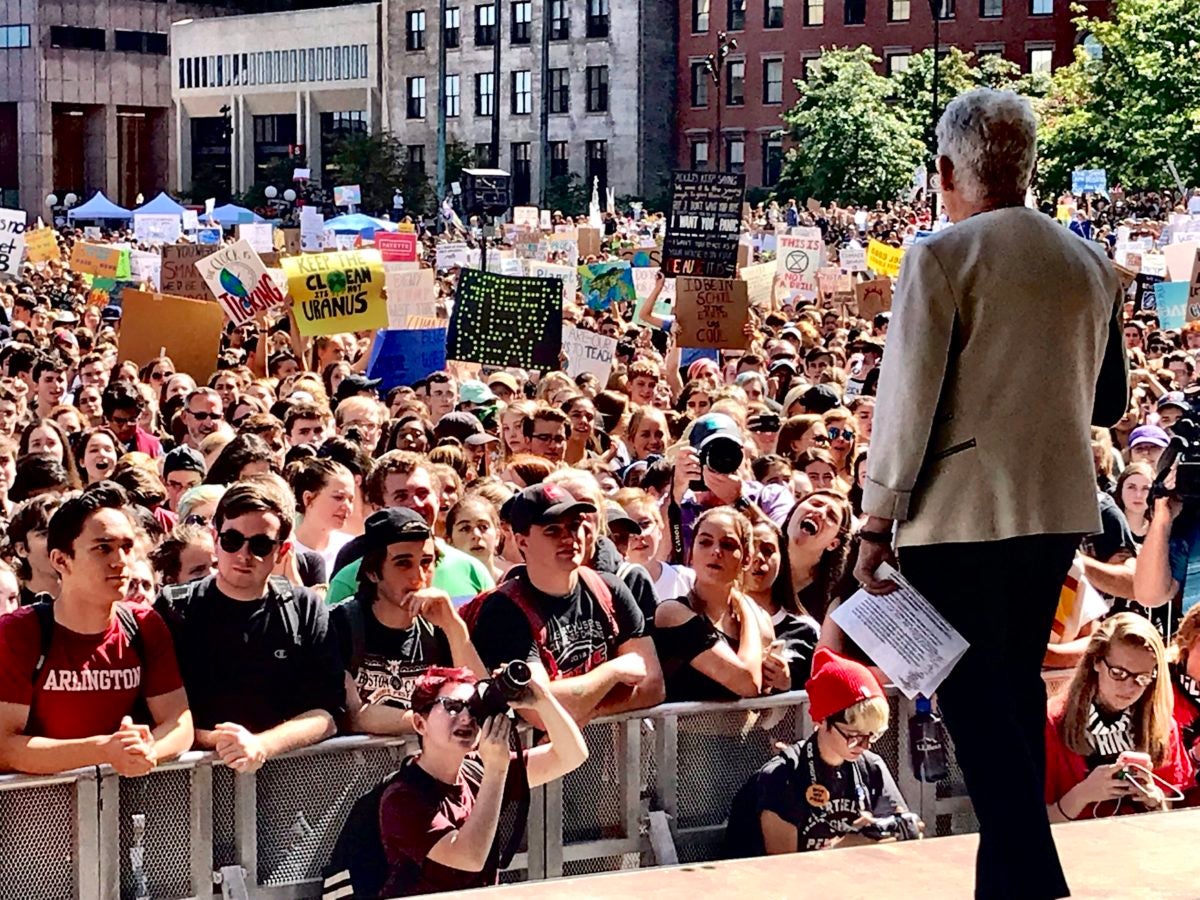
Former EPA Head Gina McCarthy on the pressing need for climate action
Our Director Gina McCarthy on why she is optimistic about climate action after a successful Climate Week.
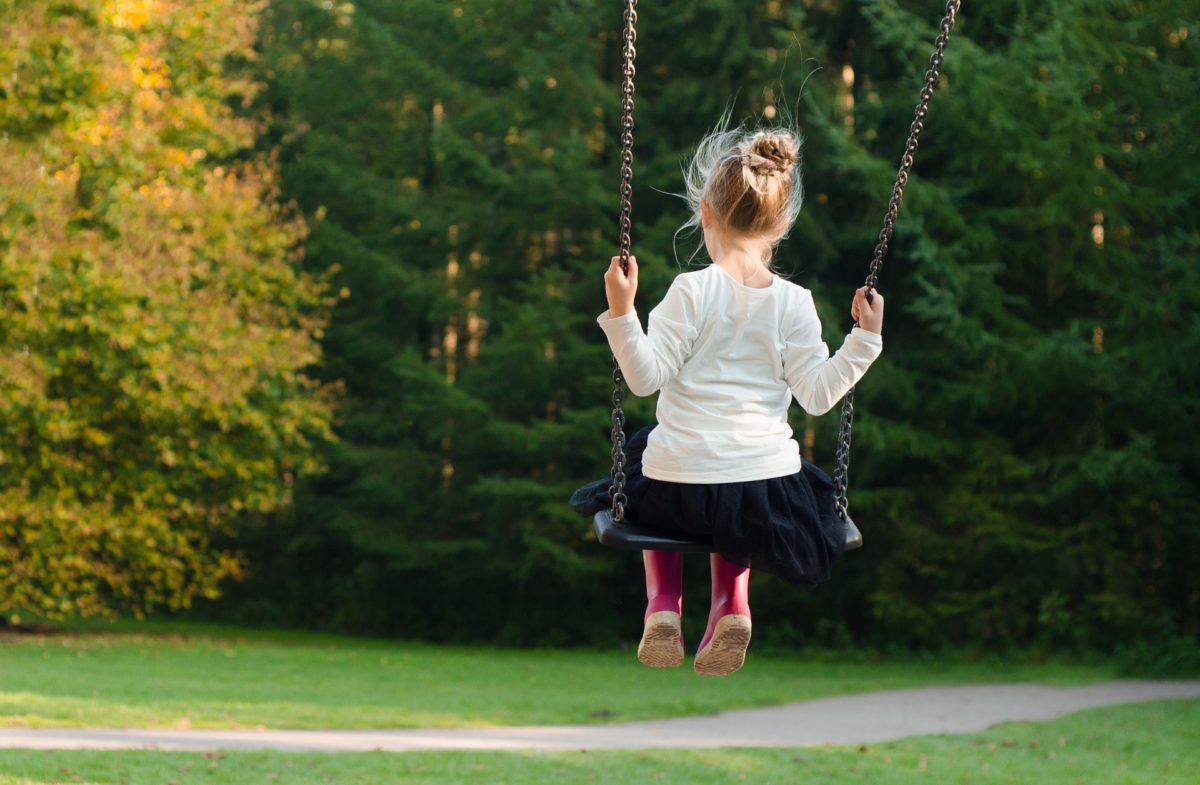
Children's health adversely impacted by climate change
A primer on the many different ways that climate is a health and equity issue—especially for kids.
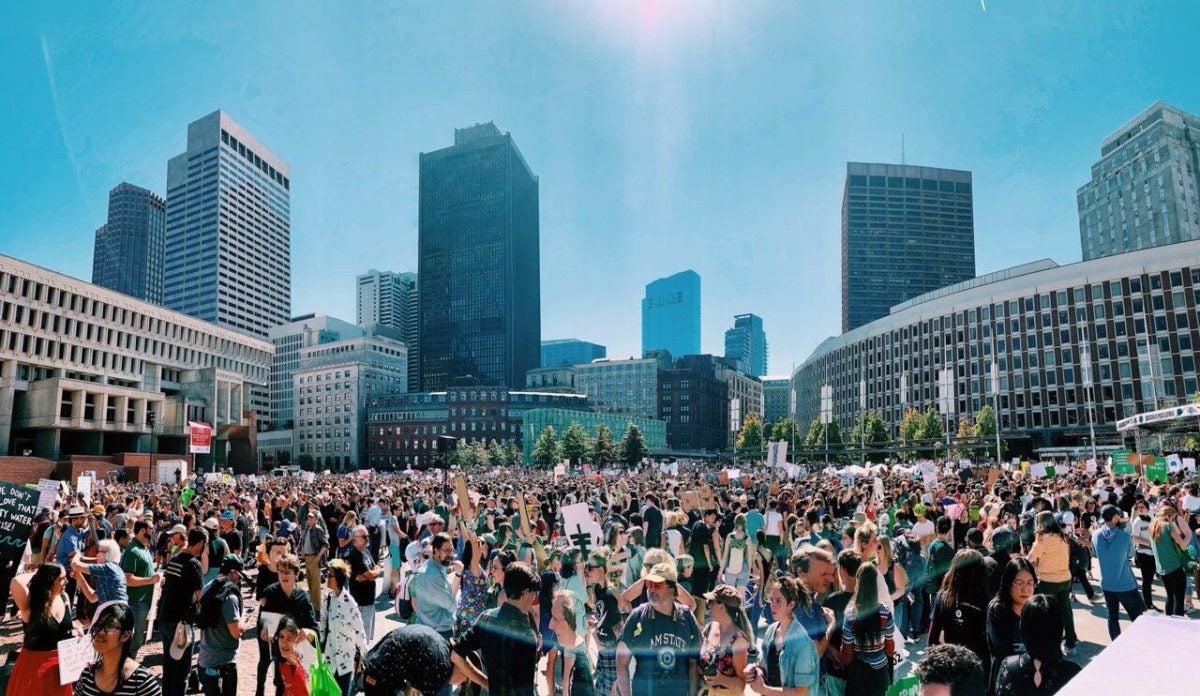
Faced with an uncertain future, young climate activists take to the streets
Our Director Gina McCarthy spoke at the Boston Climate Strike organized by youth activists ready for climate action.
